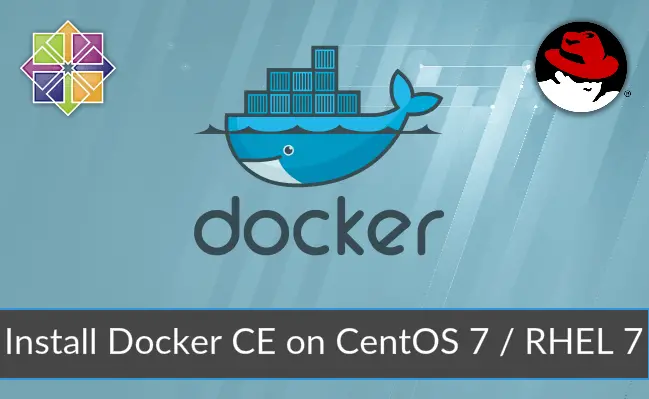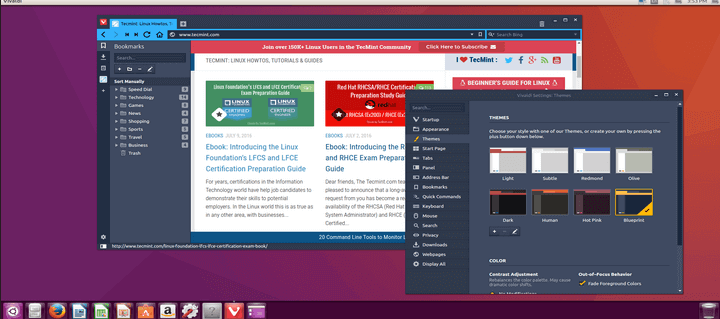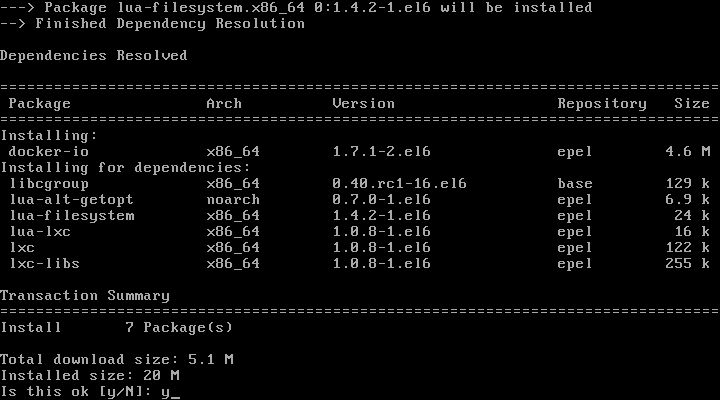I’m just getting started with Docker. I’ve thought for years that containerization is a great idea, but I haven’t actually done anything with containers yet. Time to get started.
I ran through a couple tutorials on the Docker docs site and created a cloud.docker.com account to get some basic familiarity.
This article will help you to install Java 11 on CentOS 7/6, RHEL 7/6 Linux system. Step 1 – Search Java Packages. The OpenJDK rpm packages are available under the AppStream repository. Use the following command to search available Java packages under configured yum repositories. Sudo dnf search openjdk Step 2 – Install Java 11 on CentOS.
I found the CentOS container repository on Docker Hub: https://hub.docker.com/_/centos/

How to install and use Docker on RHEL 7 or CentOS 7 (method 1) The procedure to install Docker is as follows: Open the terminal application or login to the remote box using ssh command: ssh user@remote-server-name; Type the following command to install Docker via yum provided by Red Hat: sudo yum install docker. The process of installing a Kubernetes Cluster on CentOS 8 is almost similar to that of CentOS 7 (which you can go through here), but the process here has a few changes. These changes, mostly revolve around the installation of D. The official build of CentOS. In this tutorial, we will teach you how to install the latest Python 3 package on CentOS 6 system. Method-1: Installing Python 3 in CentOS 6 with Software Collections(SCL) Repository. The SCL repository is now maintained by a CentOS SIG, which rebuilds the Red Hat Software Collections and also provides some additional packages of their own.
Let’s try running it!
$ docker pull centos
$ docker run centos
Did it do anything? It looks like it did something. At least, it didn’t give me an error. What did it do? How do I access it?
$ docker container ls
CONTAINER ID IMAGE COMMAND CREATED STATUS PORTS NAMES
Nothing is actively running. That makes sense, because we’re not telling the containerized OS to do anything — it starts, it doesn’t have anything to do, and so it shuts down immediately. Instead we can tell it to run interactively and with a terminal by specifying a couple options:
-i, --interactive (“allocate a pseudo-TTY”, i.e. a terminal)
-t, --tty
(see docker run --help for details)
$ docker run -i -t centos
[root@4f0b435cdbd7 /]#


I’m in!
What if I want to modify the container? Right now it is pretty bare-bones. For example, this doesn’t even have man installed:
[root@4f0b435cdbd7 /]# man man
bash: man: command not found
[root@4f0b435cdbd7 /]# yum install man
...
[root@4f0b435cdbd7 /]# man man
No manual entry for man
Quite the improvement! Now we need to save our change:
[root@4f0b435cdbd7 /]# exit
$ docker commit 4f0b435cdbd7 man-centos
$ docker run -i -t man-centos
[root@953c512d6707 /]# man man
No manual entry for man
Centos 6 Install Docker
Progress! Now we have a CentOS container where man is already installed. Exciting.
Centos 6.5 Install Docker
I can’t (that I know of) inspect the container and know whether or not man is installed without running it. That’s fine for many cases, but next I will attempt to figure out how specify via a Dockerfile that man is installed.
